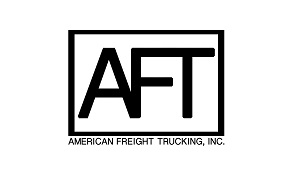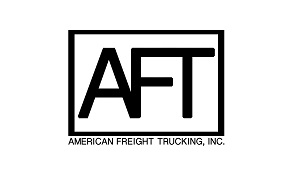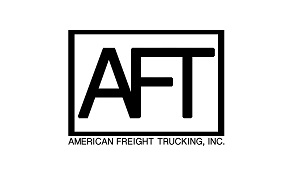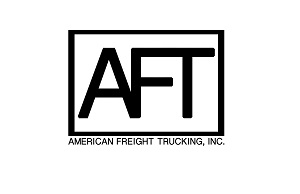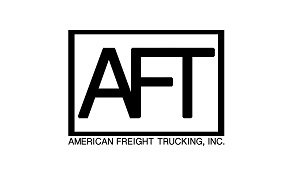Economic Watch: Positive Indicators Prompt Talk of Interest Rate Hike

U.S. private sector employers reported another month of strong job gains on Wednesday, two days ahead of a government report. With increases in consumer confidence, personal spending and wages, it adds up to talk of a hike in interest rates as soon as September.
According to the National Employment Report from payroll processor ADP, 177,000 non-farm jobs were added in August, just above Wall Street expectations. Iin addition, the July figure was revised upward from 179,000 additions to a 194,000-job gain.
“The American job machine continues to hum along. Job creation remains strong, with most industries and companies of all sizes adding solidly to their payrolls,” says Mark Zandi, chief economist of Moody's Analytics. “The U.S. economy will soon be at full employment.”
This latest report follows figures from the U.S. Labor Department in early August showing non-farm employment increased by 225,000 in July while the nation's unemployment rate held steady at 4.9%, less than half its level following the aftermath of the Great Recession. New government figures for August are due out Friday, with a consensus estimate of economist forecasting 180,000 job additions.
“Job growth in August was stable and consistent with levels from previous months as consumer conditions improve,” says Ahu Yildirmaz, vice president and head of the ADP Research Institute. “Continued strong growth in service-providing jobs is offset by weakness in goods-producing areas.”
According to the ADP report, however, goods-producing employment (the kind that leads most directly to truck freight) was down by 6,000 jobs in August, following July losses of 5,000. The construction industry lost 2,000 jobs, following July losses of 5,000 jobs. Meanwhile, manufacturing jobs were flat in August, after gaining 5,000 in the previous month.
Service-providing employment rose by 183,000 jobs in August, fewer than July's 199,000. Professional/business services contributed 53,000 jobs, down from July's 70,000, while trade/transportation/utilities jobs increased ...Read the rest of this story


